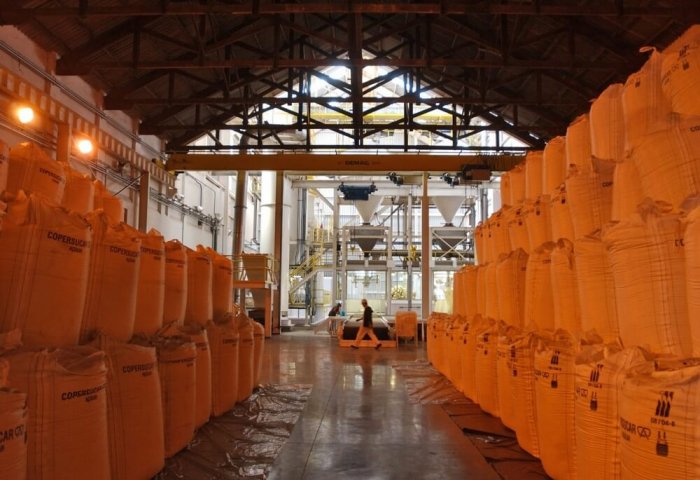
Global sugar prices surged nearly 10 percent in September to their highest level since 2010. This surge was primarily driven by reduced output from significant sugar producers, escalating energy costs and the impacts of the El Nino weather phenomenon, the United Nations Food and Agriculture Organization (FAO) said Friday.
The FAO Food Price Index, which tracks monthly fluctuations in the international prices of globally traded food commodities, recorded an average of 121.5 points in September, slightly rising from 121.4 points in August.
The index is 10.7 percent lower than its value from a year ago and 24 percent lower than its previous record high in March 2022.
As for the FAO Sugar Price Index, it jumped by 9.8 per cent in September when compared to the month before that.
Regarding other commodities, the FAO noted that the cereal index rose 1.0 percent from the previous month, with maize prices increasing by as much as seven percent.Conversely, international wheat prices dropped by 1.6 per cent due to vital supplies and favourable production prospects in Russia.
Rice prices dipped by 0.5 per cent in the same period.
The UN food agency also noted a decline of 2.3 percent in dairy product prices, which can be attributed to low global import demand and abundant stocks.
The FAO has also forecasted the world cereal production this year at 2.819 billion tons, slightly over the previous estimate of 2.815 billion. This upward revision is mainly driven by more positive yield estimates for Russia and Ukraine, thanks to continuously favourable weather conditions.
